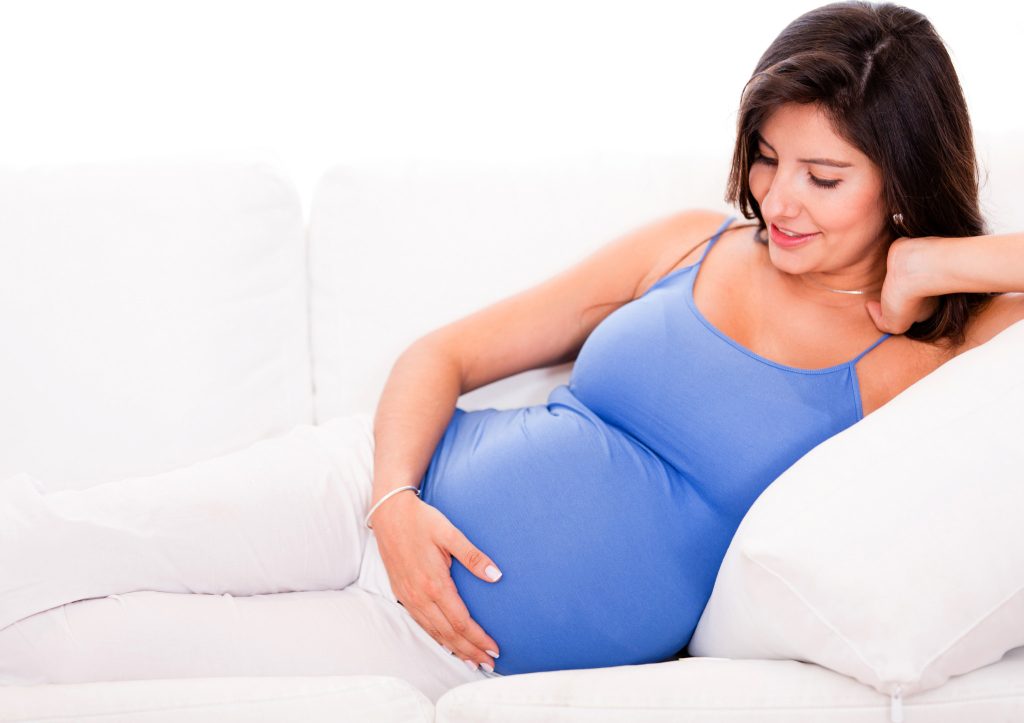Skin disorders can occur after the delivery, just as they might during pregnancy. Fortunately, they are primarily curable, so don’t worry – your postpartum skin will be back to normal in no time. Here, we will discuss the most prevalent skin problems after pregnancy.
Melasma
Enhanced melanin production causes pigmentation, often known as “the mask of pregnancy.” A combination of hereditary, hormonal, and sun exposure variables produces this. It is more common on Asian skin, manifesting as brownish spots on the cheeks, forehead, temples, upper lips, and jawline.
Although it can persist in certain situations, it is best treated by avoiding the sun and using sunscreen, lightening creams, and topical treatments regularly. Chemical peeling, intense pulsed light therapy, and specific types of laser therapy are among the other medicines available. Inform your doctor if you are creams. Some substances contained in some cosmetic products, including tretinoin and hydroquinone, must be avoided by breastfeeding mothers.
Dermatitis/eczema
Eczema or dermatitis is a prevalent yet noninfectious skin ailment that will not transmit to your newborn. It is frequently an exacerbation of an underlying sensitive skin problem that has existed for some time. It can also occur in new moms due to excessive water contact from regular hand washing.
To relieve irritated and itchy skin, use a moisturizer daily. Topical steroid creams soothe irritated skin and are safe to use during nursing. Use a light soap replacement for skin care and keep moisturizing even after the skin rash has gone away.
Stretchmarks
Stretch Marks are scarring that affects at least 90% of pregnant women. They appear red when new but generally fade to white following delivery. Extensive use of moisturizers throughout pregnancy may improve the problem. However, there are specifically made stretch mark treatments on the market that you may use after birth. Dermatologists may prescribe tretinoin cream for usage postpartum when you are not nursing for more complex situations. Some skin-tightening laser treatments are acceptable to use while nursing to reduce stretch marks, but they generally require repeated sessions.
Telogen effluvium
This disorder causes hair loss, which generally happens three months after birth. Though increased hair loss might be upsetting for new moms, it is nearly often a self-limiting issue that resolves within six months. If you see a rise in hair loss, see a doctor to rule out other reasons for hair loss (such as low iron levels). If you are not nursing, you can utilize topical medicines.
Acne
It is caused by an inflammation of the face oil glands and can be exacerbated by hormonal changes. Acne typically goes away within a few weeks or months but must seek medical care to avoid scarring. The doctors may use several topical treatments safely while nursing. Oral drugs, such as antibiotics, may be necessary for more severe instances.
Hair and Nail Changes
There is often an increase or reduction in hair growth and production during pregnancy. Because of endocrine changes during pregnancy, many women develop some degree of hirsutism on the face, arms, and back. Hirsutism usually disappears on its own after childbirth. However, cosmetic excision may be explored if the issue persists.
Pregnant women may also feel a modest thickening of their scalp hair. It is due to an extended active (anagen) phase of hair development. Postpartum, scalp hair enters a prolonged resting (telogen) phase of hair development. The results in increased shedding (telogen effluvium), which can last several months or more than a year. A few women with a propensity for androgenetic alopecia may experience frontoparietal hair loss, persisting beyond pregnancy.
During pregnancy, nails often grow at a higher rate. In pregnant women, enhanced brittleness, longitudinal grooves, onycholysis, and subungual keratosis may occur. While physicians can comfort patients and urge appropriate nail care, most of these issues disappear postpartum.
Conclusion
Most pregnancy-related physiological abnormalities in the skin improve after birth, but they may not resolve. Hair, nail, vascular, immunological, and glandular abnormalities often resolve within a few months of birth.
Pre-existing skin problems that deteriorate or improve during pregnancy usually revert to their pre-pregnancy form once the baby is born.
Skin problems connected with pregnancy issues might result in temporary or permanent problems for the mother, fetus, or neonate. These disorders must be detected and handled to reduce the risk of the issues or treat them when they emerge. Mothers with pre-existing conditions must plan their pregnancy in cooperation with their doctor whenever feasible to achieve the best result for mother and baby.
Skin changes during and after pregnancy do not necessitate medical attention. However, consult the best dermatologist In Dubai if you’re concerned about how your skin has altered, or it’s interfering with your daily life.

